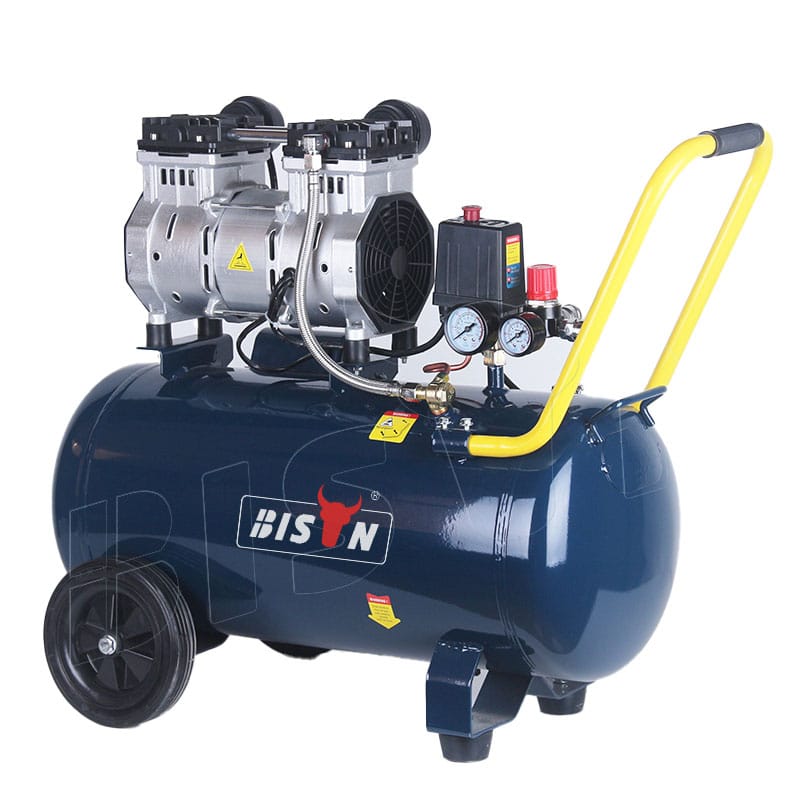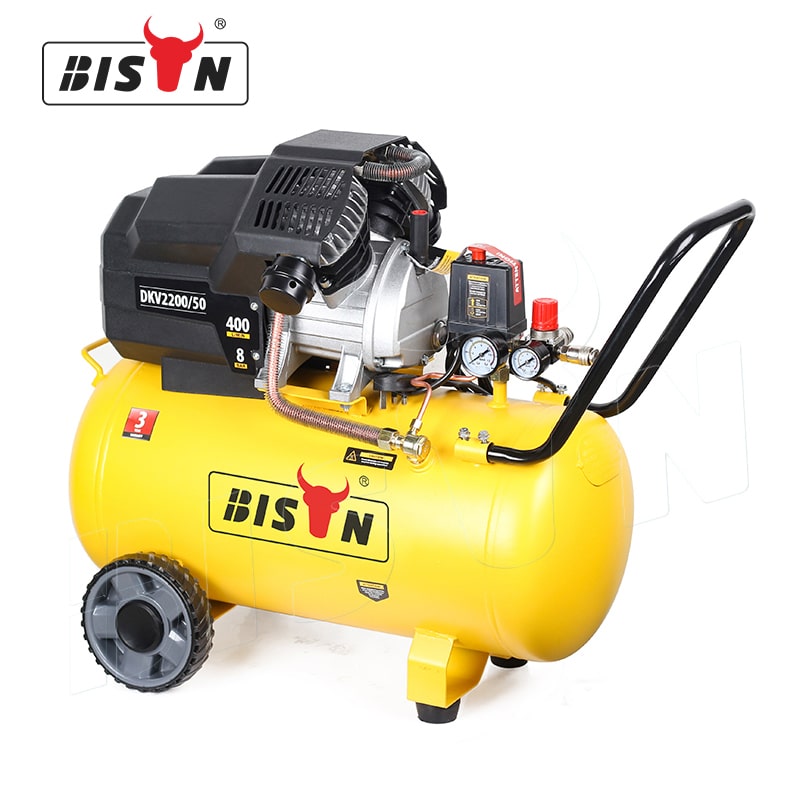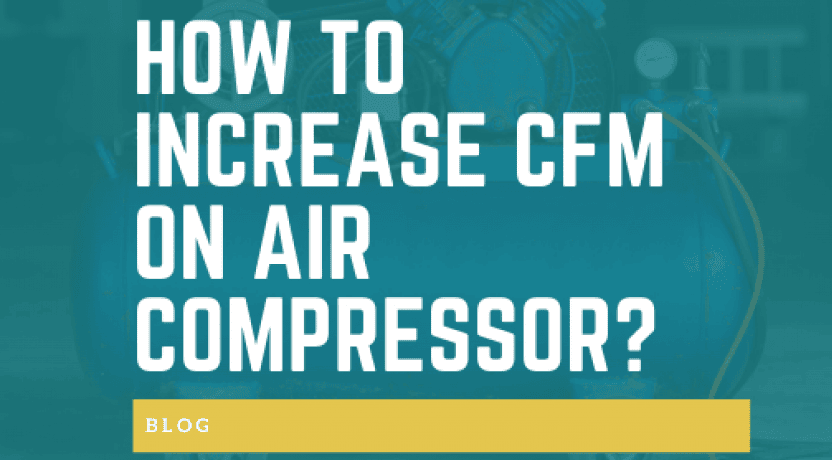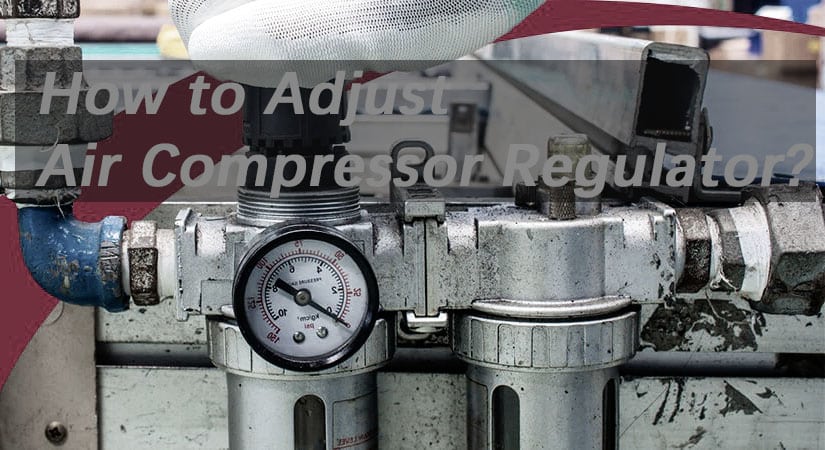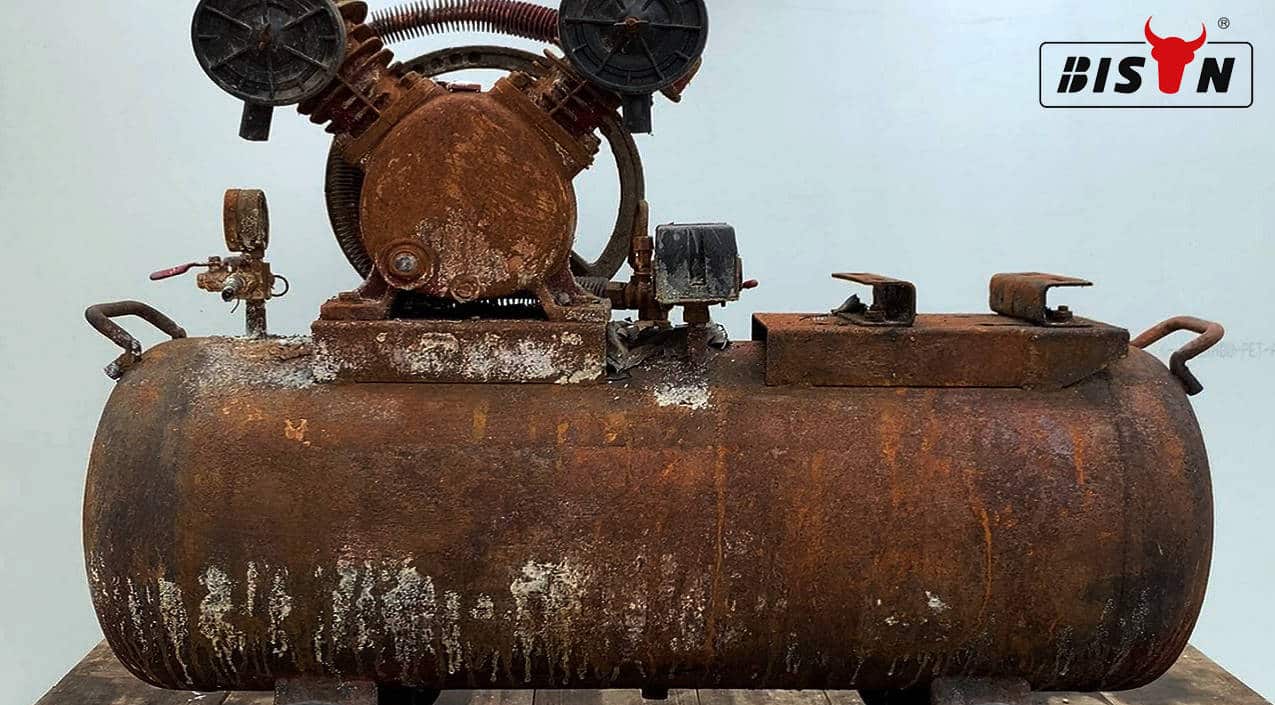air compressor blog
How To Remove Water From Air Compressor
- Oct 26, 2023
Although it is difficult to detect with the naked eye, there is a lot of moisture in the air. When air is compressed and cooled above the dew point in a compressed air system, it condenses into liquid water. Therefore, compressed air systems require dry air to function properly. Moisture can wreak havoc on air compressor systems and work environments, and contaminate the final product. Therefore, preventative maintenance is the best way to avoid these conditions, but it is also crucial to know how to effectively remove excess moisture. In BISON comprehensive guide, you’ll learn how to remove water from your air compressor system and the dangers moisture can cause.
Impact of Water in Air Compressor Systems
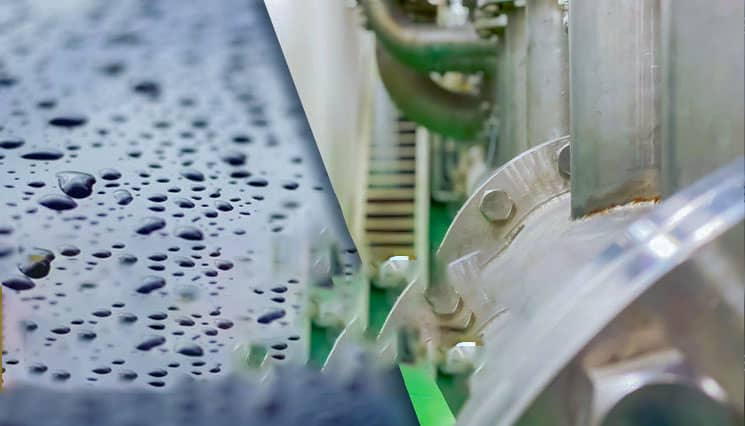
What causes water in compressed air systems?
When the air compressor compresses the air to a smaller volume, it will cause water vapor to condense into a liquid state, resulting in condensation in the system. Moisture is an unavoidable by-product in compressed air systems; however, moisture levels within a system are affected by a variety of factors, including the flow of compressed air and its humidity levels, equipment failure, and environmental factors.
As the internal components of a compressor wear out, the risk of moisture exposure increases. This situation will become more serious if the maintenance measures of the system are not appropriate. After long-term use, the system will gradually lose its moisture removal power and efficiency. At the same time, the compressor will heat up faster, causing more moisture to accumulate.
Environmental factors can also have an impact on the system. All air contains moisture, and humid air has higher levels of moisture. If your compressor absorbs additional moisture, additional condensation will occur inside it.
If your compressor is overloaded, it will heat up faster. This problem is particularly acute for piston compressors and reciprocating compressors , which generate more heat after prolonged use.
Overall, keeping the air in your compressed air system as dry as possible is a vital task. By thoroughly understanding the causes of water intrusion and taking appropriate protective measures, this problem can be effectively prevented from occurring.
Problems Caused by Moisture in Compressed Air Systems
The presence of moisture in the air can cause a lot of trouble for your air system:
- Moisture will block the pipeline, causing the instrument to not work properly or even fail;
- Humidity will cause the tool to lack oil and affect its normal operation;
- Wet can produce water hammer, damage equipment and pipes, causing serious damage;
- Moisture will directly affect the process flow and affect the efficiency of industrial production.
- The dryer can effectively remove moisture. The compressed air is heated to a saturated state and then cooled, allowing the moisture to condense and separate. Due to the lower temperature during transportation, the moisture is more likely to condense. The drying treatment can ensure the normal operation of the air system and higher efficiency.
- While filters and separators can remove liquid water, they cannot remove water vapor. In order to remove water vapor, a dryer must be used.
As a professional air compressors supplier and manufacturer, BISON fully understand the impact of water in the air on industrial production, and take appropriate measures to prevent moisture from affecting industrial production efficiency.
How to Remove Moisture From Air Compressors?–Step-by-Step Guide
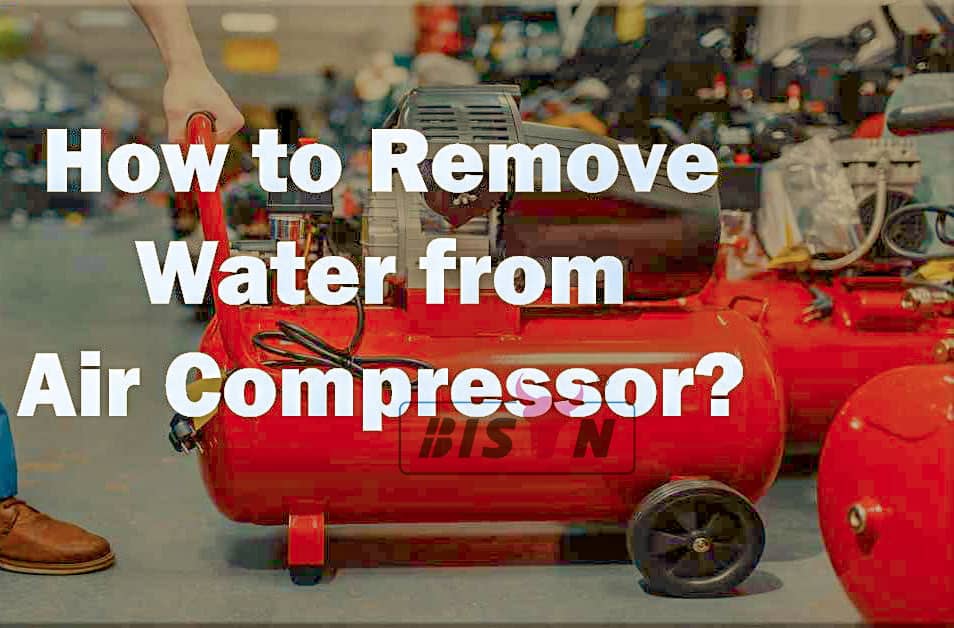
Controlling humidity begins with regularly draining excess water from your compressed air system. Although a discharge air compressor cannot remove water that is still in the form of vapor in the air, it can prevent excess liquid from building up in the water tank and air supply lines. The most direct way to achieve this is to use a condensate drain valve, which is a small device that opens to drain excess liquid out of the system. You should install drain valves in these places:
- Compressor intercooler and aftercooler
- Gas tank
- Low points in pipe distribution systems
- Controlling humidity through these steps can minimize the amount of equipment you need to maintain.
- Handle other components
In addition to the drain valve, other tools and equipment are required to handle the various components in the system. Here are the detailed solutions:
Aftercooler: It causes the air to condense into water at the first cooling point where the temperature is close to the ambient air temperature. In a screw air compressor, approximately 70% of the excess moisture is removed in the aftercooler, which significantly increases the efficiency of the dryer.
Air tank: You can use an auxiliary heat exchanger in an air tank to cool the air. As the temperature drops, more water falls out, having a positive effect in removing additional moisture from the compressed air.
Water Separating Filters: By utilizing centrifugal force, these devices can remove up to 40 to 60% of water.
Refrigerated air dryer: If you need extra moisture removal, a refrigerated air dryer can cool the air, forcing it to retain less moisture. Through automatic scanning software, the dehydrator can automatically discharge excess steam.
Desiccant Air Dryer: If you need very dry air, a desiccant air dryer is a great option. They work by using a chemical process to remove liquids from the air. These dryers remove nearly all vapor from the air stream by compressing the air to a dew point of minus 40 to minus 100 degrees Fahrenheit.
Duct System Air Drying: As the air cools in the distribution system, water drips from the air ducts perpendicular to the legs. These systems rely on gravity to collect the condensation that forms. There may be multiple drip points in the system, each equipped with a collector or drain.
How to Prevent Water in Air Compressor Systems
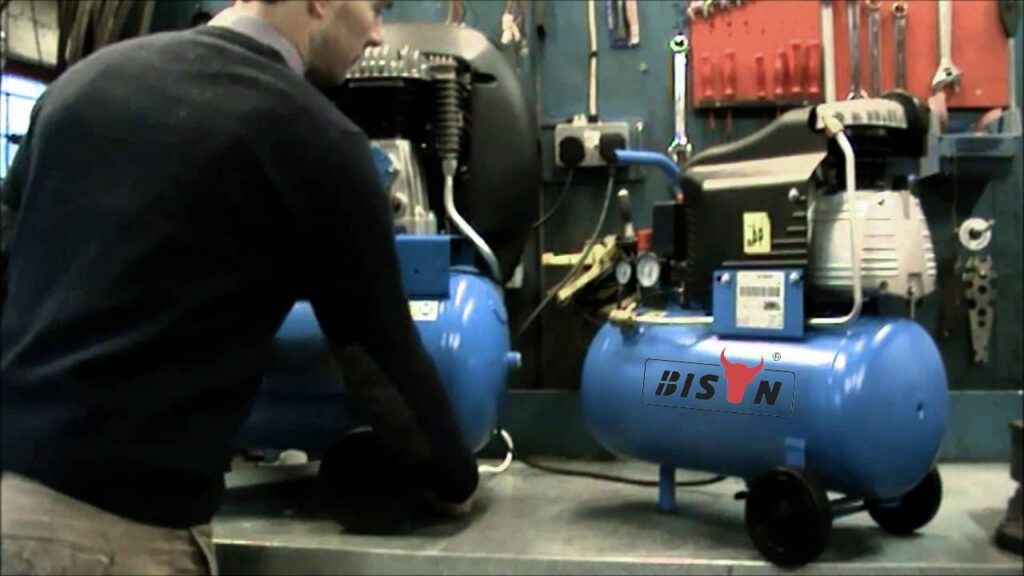
Water in an air compressor system can cause serious damage and reduce mechanical efficiency. This is a common problem, especially in humid environments, but there are several precautions you can take to avoid it.
An effective solution to the problem is to reduce the humidity of the air entering the compressor.
If the compressor is installed outdoors in a particularly humid environment, an air dryer may be required. These devices remove moisture from the air before it is compressed, thereby preventing water from entering the system in the first place. Unless operation in wet weather can be avoided, effective measures may not be taken to reduce the humidity of the incoming air. But if the compressor is indoors, you can better control the quality of the incoming air, reducing the burden on the air drying equipment. Drain the water tank regularly: Most air compressors have a water tank that collects moisture. Make sure you drain these tanks regularly to prevent water accumulation. Therefore, the compressor room should be kept cool, ventilated and dry.
Proper preventive maintenance is also key to preventing moisture problems with your compressed air system. Preventative maintenance is often the best strategy for keeping your system running properly. Perform maintenance on all filtration systems and replace air compressors filters as needed. Maintain routine maintenance on all required air dryers to ensure all components are functioning properly. Make sure the rear cooling system is clean and operating properly.
Regular Maintenance: Regular maintenance and inspections of your air compressor system will help you detect any potential problems early. BISON is committed to efficiency, service, quality and integrity and may recommend periodic maintenance to ensure the longevity and optimal performance of its machines.
Remember, prevention is always better than cure. Implementing these tips will help you maintain the efficiency and longevity of your machine, ensuring you get the most from the high-quality air compressor suppliers like BISON
Controlling moisture in the air is key to protecting your gas and compressed air equipment from damage, corrosion and other problems. In order to achieve this goal, you will need to use a variety of tools and components to ensure that most of the accumulated fluid is removed from the system. The use of drain valves and other solutions will help prevent moisture buildup and extend the life of your equipment.
frequently asked questions about How To Remove Water From Air Compressor
Why is the importance of draining water in an air compressor system not to be ignored?
Controlling and removing moisture from inside your air compressor plays a key role in maintaining the integrity of your equipment and extending its service life. This is because the presence of water vapor may cause equipment corrosion, reduce efficiency, and even cause equipment damage. Therefore, proper handling of water vapor is critical to ensuring efficient operation and long-term stability of the system.
What causes water in the air compressor system?
After the air is compressed, water vapor will condense inside the system due to the cooling effect. In addition, the aging of equipment, increase in ambient humidity and unreasonable system design may aggravate the accumulation of water vapor.
How do environmental factors affect humidity levels inside a system?
High-humidity air contains more moisture, which can cause additional condensation when the compressor is operated in a high-humidity environment. Solutions to this problem include moving the compressor or adding an air dryer to the system.
If you have any enquiries about the BISON air compressor, we would love to hear from you.


